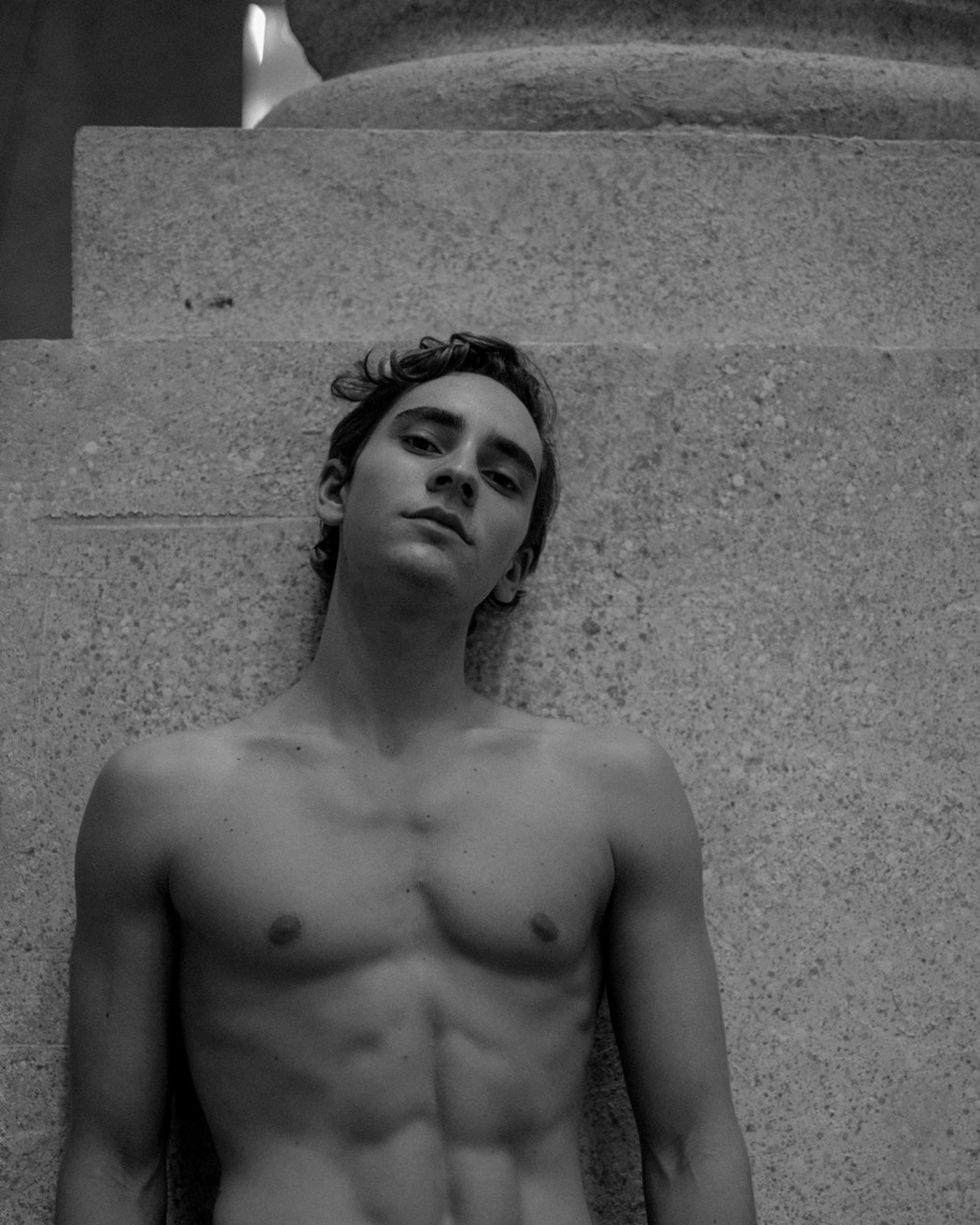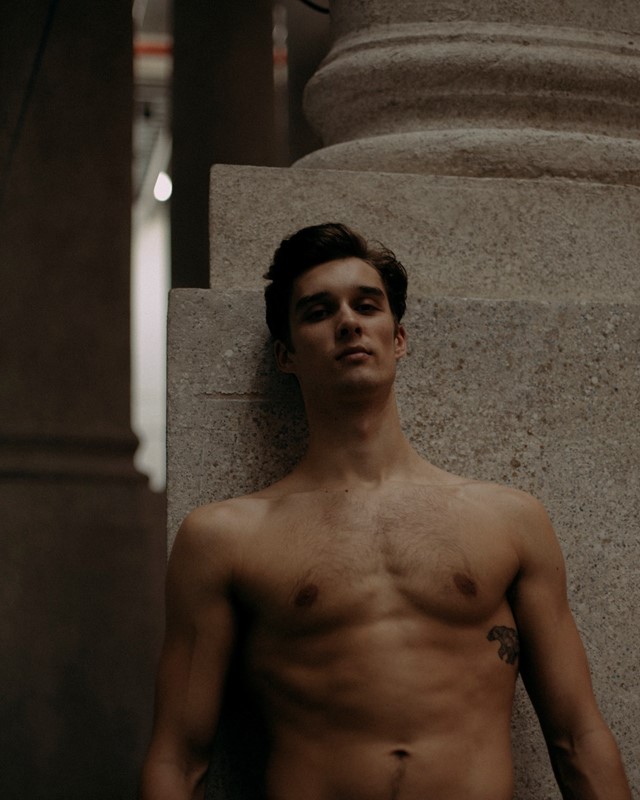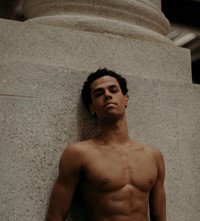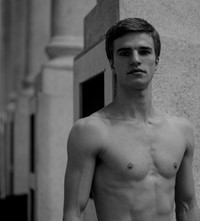In Pictures: The Boys of the Royal Ballet
- TextLiam Hess
- PhotographyPaul Phung
Alongside an original photo essay, choreographer Alastair Marriott and costume designer Jonathan Howells tell the story of The Unknown Soldier, a ballet commemorating the centenary of the ending of World War I, opening tomorrow
“The central idea for the ballet began simply with the grave of the unknown soldier. As we read about it, we realised it was quite a fascinating mystery: they basically chose the body at random. It was an ordinary man buried with all of the honour of a king, so that the families would have somewhere to go and grieve. It’s not just about who the unknown soldier was, it’s about what he represents. It’s a story of an ordinary life in an extraordinary time: it could have been anybody’s son or boyfriend. I think because you’re watching it from a woman’s perspective, you also see that anybody who loved somebody was a victim of war, it wasn’t just that person on the battlefield who suffered.
“When this project came up, we met with Es Devlin and she said she really wanted to be involved from the beginning, rather than coming in when it’s all finished and dressing it up. We were thinking of doing an adaptation of a play or a film, but she said, ‘I think we should find someone real.’ So we dug up lots of documentary footage and decided to tell one little story. It felt like a good fit because at that time there was a focus on women’s rights, with suffrage successfully lobbying for the vote just after the war. Our story is told from the viewpoint of a woman called Florence Billington, so we knew there had to be a very strong female voice like Es making those decisions. We needed to have a sympathetic ear to this woman’s perspective.”
“What ballet does best are large, profound feelings. It doesn’t have time to go into the minutiae: it’s just one of those oddities about the medium. I found it fascinating that after the First World War people needed very different war memorials. There was no appetite for a gloating, victorious statement. So when you see the dancers at the beginning of the ballet, they’re almost like toy soldiers: the oldest person that could get into the army at that time was 41, but a lot of the men going off were essentially children and nobody really questioned that. It’s estimated that around 250,000 troops were underage, many of them younger than the dancers in the company.
“When you imagine them in the trenches, in the middle of that awful war, you can understand that really they were just a lot of very frightened boys. That stereotype of soldiers with a kind of stoic masculinity is a lot more complicated. With the costumes, we always wanted to see the human beings underneath the uniforms. We’ve done ballets where the dancers are wearing heavy uniforms: we wanted to keep that period look while also making them translucent and ethereal, so you could see the human being underneath the uniform, and their vulnerability.
“Everybody thought it was such a terrible war and that it would never, ever happen again but, of course, it did. We didn’t want to look at the battles or the military strategy, but instead the ordinary person who found their life completely uprooted and changed forever. Really it’s the most profound way of showing the magnitude of that loss – rather than go for a great big historical masterwork, to hone in on a very small love story.” – Alastair Marriott and Jonathan Howells


The Unknown Soldier is at the Royal Opera House, November 20–29, roh.org.uk
















